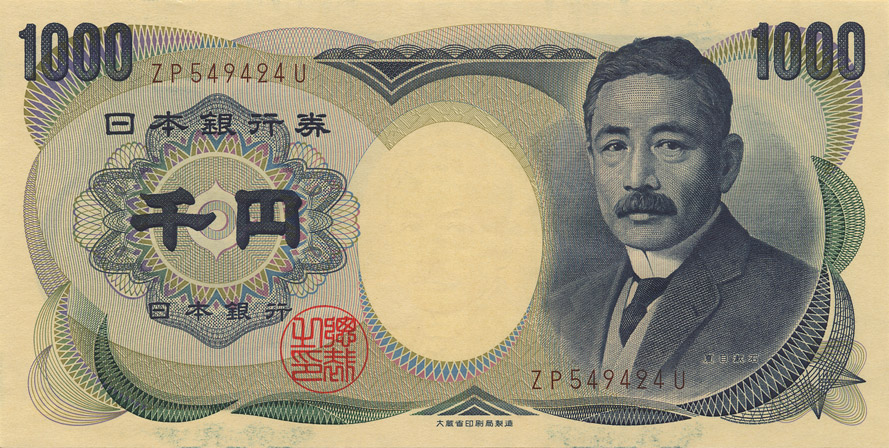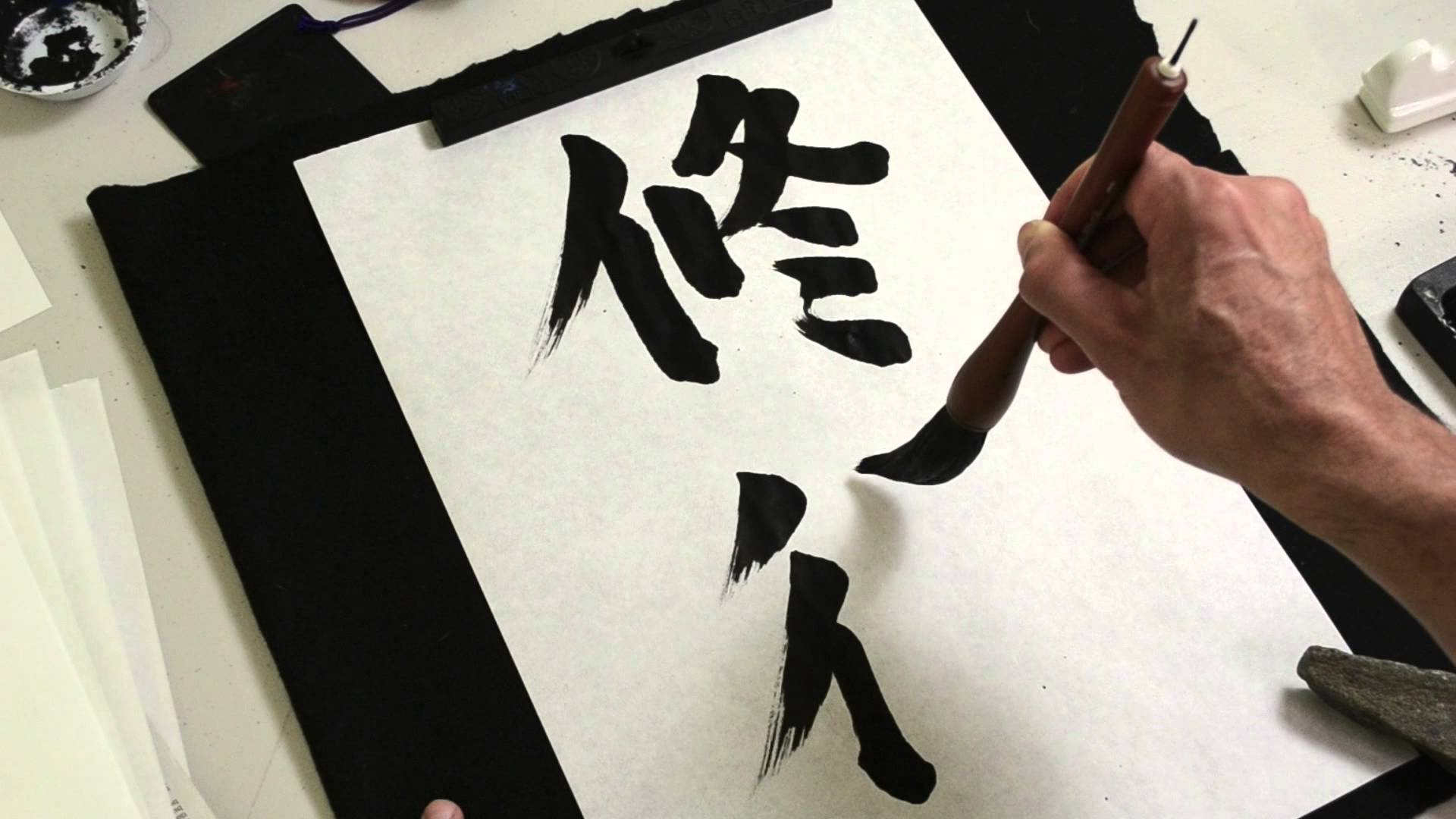3.3 🎨 Visual and Performing Arts
8 min read•november 16, 2020
Katelyn Lien
AP Japanese 🇯🇵
28 resourcesSee Units
Japanese culture consists of a wide range of visual and performing arts that are used for self-expression and entertainment. They often reflect traditional Japanese values like appreciating the beauty of nature and reveal Japan's long history.
✍️ Literature
A haiku (俳句) is a traditional Japanese form of poetry that consists of 17 syllables that are arranged in a 5-7-5 pattern. This type of poetry gained popularity during the Edo period, late 17th century, and is still very common today.
A haiku always contains one kigo (季語) or a seasonal word. The word must be related to one of the four seasons and vividly paint a picture in a reader's mind. By always including one kigo, poets can show their appreciation for nature and the beauty that surrounds them. Furthermore, since a 俳句 is so short, each word in the poem carries importance.
Ex: すみれそう, which is a seasonal word for violets, can be used to create a picture of a warm spring day with bright violets blooming peacefully on a hill.
👤 Matsuo Bashō was one of the most famous poets during the Edo period who largely contributed to the increased popularity of haiku.
Here is a famous haiku by him, created in 1686:
古池や ふるいけや
蛙飛び込む かわずとびこむ
水の音 みずのおと
🐸 Were you able to find the kigo? It is 蛙, or frog, which is a seasonal word that represents spring!
📚 Novels and Books
Throughout Japan's history, many great novels or shōsetsu (小説) have been written and published. One of the most well-known Japanese novelists is Natsume Sōseki (夏目漱石) who wrote famous books, such as Kokoro and I am a Cat.
His books revolve around themes like economic hardship and personal isolation and have captured Japanese people's interest for hundreds of years. Recently, his work has become more widely known and a lot of his works have been translated into more than 30 different languages.
‼️ Fun Fact: He was the face on the Japanese 1000 yen bill from 1984 to 2004.

Image Courtesy of Wikipedia
Just like many Western countries, children's stories and fairytales are common in Japan. Some popular stories are:
- いっすんぼうし: Fairytale about a one-inch warrior who embarks on a journey and fights a monster
- ももたろう: Story about a boy who is born from a peach and goes to fight a monster. He makes many friends along the way
- うらしまたろう: Story about a boy who saves a turtle and is brought to a deep sea palace as a reward.
🎵 Music
A shamisen (三味線) is a traditional Japanese instrument. It has three strings and looks somewhat similar to a guitar. Musicians play the instrument with a bachi (ばち), which is analogous to a guitar pick.
The three main sizes of the shamisen are the hosozao (細ざお), chūzao (中ざお), and futozao (太ざお), which mean thin neck, middle neck and fat neck, respectively. The different sizes allow for unique sounds and many variations in traditional Japanese music. Although the instrument is used a lot less in modern Japanese music, it remains an integral part of Japanese culture and traditional songs.

Image Courtesy of Public Domain Vectors
Matsuri (祭)
Music is an important part of Japanese celebrations. At Japanese festivals, or matsuri (祭), music is constantly playing. People play on large drums, known as taiko (たいこ), and other instruments like the 三味線, and the music is very upbeat. It creates such a fun and positive atmosphere.
💃 Many people like to dance during 祭. These dances are called bonodori (盆踊り) and are popular among people of all ages. Everyone dances in a circle to the beat of the music. The movements are quite repetitive, so even if someone doesn't know a certain dance, they can quickly learn it.

Image Courtesy of Flickr
The music and dances at the 祭 vary from region to region. For example, some dances proceed in a clockwise direction while others go in a counter-clockwise direction.
🎤 Current Popular Singers
AKB48
- Japanese idol group
- 135 members as of April 2020, divided among five groups
- Formed in 2005

Image Courtesy of Flickr
Southern All Stars
- Japanese rock band
- Formed in 1974 in Kanagawa, Japan
- Fans are generally older
Ayumi Hamasaki
- Best-selling Japanese solo artist as of 2017
- Has written all of the lyrics to her songs
- Despite going completely deaf in one ear, she continues to write songs and perform

Image Courtesy of ja.wikipedia.org
Western Influence
Recently, Japanese artists have started to incorporate English lyrics into their songs. Since more people understand English than in previous generations, more people can appreciate and enjoy English lyrics.
Famous pop songs from America are also popular in Japan. It is quite common to hear American pop songs playing at Japanese malls and supermarkets.
Japanese pop or J-pop has also recently become popular. Although it has its roots in traditional Japanese music, it has been largely influenced by western styles of music. J-pop groups and solo singers perform on large stages and have millions have fans.
Visual Art
🌿 Ikebana (生け花)
Ikebana is the art of arranging flowers. Although the flowers are beautiful and could be used for decorations, the purpose of ikebana is to reflect and learn to appreciate small details that might otherwise be ignored.
The art of ikebana must be completed in silence. This allows the designer to meditate and observe the beauty of the flowers and other objects from nature that they are using for their creation.
Ikebana is a spiritual process that helps the designer develop a close connection with nature. Some of the primary principles of Ikebana include minimalism, balance, and form. There are three main lengths of flowers and branches. The longest length is called shin (真), which represents heaven. The medium length is called soe (副), which represents people, and the shortest length is called tai (体), which represents earth.
With these varying lengths of flowers and branches, designers learn the importance of space. Space is not meant to be filled, rather it is created and maintained through the arrangement of different flowers and branches.

Image Courtesy of Wikimedia Commons
✉️ Origami (折り紙)
Origami is the art of paper folding. This traditional Japanese form of art was created during the Edo Period, and special techniques have been passed down for many generations.
The ultimate goal of this form of art is to transform a plain piece of paper into a compelling sculpture through numerous folds. Cutting, gluing, or making marks on the paper is generally discouraged.

Image Courtesy of Pixabay
🖊️ Calligraphy (習字)
Calligraphy is a creative art form in which beauty is expressed through kanji and kana characters. Early Japanese calligraphy originated from Chinese calligraphy and is called shodō (書道), which literally translates to "way of writing."
Now, Japan has its own writing system with kanji, hiragana, and katakana, and calligraphers have developed styles unique to Japan. This type of calligraphy is called shūji (習字) .
習字 requires a number of tools. The most important tools are the fude (筆), which is the brush and the sumi (菫) or ink. Japanese calligraphers also use hanshi (半紙), which is a special kind of thin paper. Some people like to put a shitajiki (下敷き) under their 半紙 to prevent ink from bleeding through.

Image Courtesy of Wikimedia Commons
In Japanese calligraphy, each brush stroke holds significance. Strokes can be soft or firm, thick or fine, and the direction in which they are written is very important.
Calligraphy is taught in school. Students bring their own 筆 and 菫 to class and practice their 習字. Some students even practice 習字 on their own and go to an after-school class.
Manga (マンガ)
Manga refers to graphic novels from Japan and is a more modern form of art. It can also be used to describe cartooning in which a visual artist draws cartoons or comics.
People of all ages in Japan read manga since there is such a wide selection of genres to choose from, including action, adventure, horror, and fantasy. Manga are usually not in color because of printing costs, but there are some manga that are in color.
If a manga series becomes very popular, it may be animated and televised. Sazae-san (サザエさん) is a famous manga series that follows the life of a large family. It was originally published in a local newspaper but after gaining a lot of popularity, an animated television adaptation was created in 1969. Currently, it is the world's longest-running animated TV series.

Image Courtesy of Wikimedia Commons
🔑 Key Words and Ideas
- Japanese visual and performing arts reveal Japanese people's appreciation for beauty and nature
- Haiku (俳句): traditional Japanese poetry with syllables arranged in 5-7-5 pattern
- Kigo (季語): seasonal word
- Shamisen (三味線): traditional Japanese instrument
- Bachi (ばち): pick used to play the shamisen
- Three different sizes of shamisen
- Hosozao (細ざお): thin neck
- Chūzao (中ざお): middle neck
- Futozao (太ざお): fat neck
- Current popular singers/groups include AKB48, Southern All Stars, and Ayumi Hamasaki
- Ikebana (生け花): art of arranging flowers
- Shin (真): longest length in ikebana and represents heaven
- Soe (副): medium length in ikebana and represents people
- Tai (体): shortest length in ikebana and represents earth
- Origami (折り紙): Japanese art of folding paper
- Manga (マンガ): Japanese graphic novels and cartoons
- Sazae-san (サザエさん): famous manga series about a large family
💥 Strive for a Five Vocabulary
- Kaku (書く): to write
- Shiki (四季): four seasons
- Mijikai (短い): short
- Nagai (長い): long
- Shizuka na tokoro (静かな所): a quiet place
- Ongaku (音楽): music
- Kyoku (曲): song
- Kashu (歌手): singer
- Kashi (歌詞): lyrics
- Tengoku (天国): heaven
- Chikyū (地球): earth
- Kiru (切る): to cut
- Yomu (読む): to read
Browse Study Guides By Unit
👨👩👧Unit 1 – Families in Japan
🗣Unit 2 – Language & Culture in Japan
🎨Unit 3 – Beauty & Art in Japan
🔬Unit 4 – Science & Technology in Japan
🏠Unit 5 – Quality of Life in Japan
💸Unit 6 – Challenges in Japan
✍️Exam Skills - FRQ/MCQ

Fiveable
Resources
© 2023 Fiveable Inc. All rights reserved.